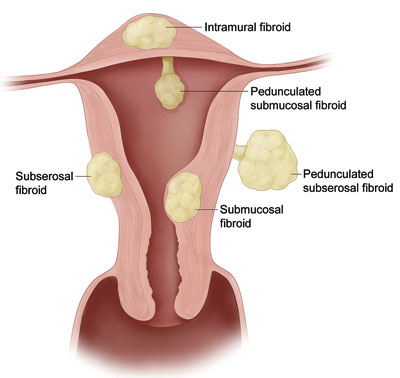|
|
|
Women’s health:
Coping with fibroids
|
 For more than 12 years, Moultrie had been troubled by her inability to conceive a child. She knew that she experienced heavy bleeding during her periods. And she also had a sense that she might be infertile. What she didn’t know was that she had uterine fibroids, the most common growths in the female pelvis. By some estimates, up to 80 percent of women develop fibroids before the age of 50, although only about 25 percent experience symptoms. For the most part, uterine fibroids are benign. But they can take a heavy toll on a woman’s quality of life. Full story
Angela Hofmann had no trouble asking questions. OTHER STORIES: For a healthy family … Keep yourself healthy |
|
May 10–16 is National Women’s Health Week
Symptoms click here What’s your number? click here Take time for yourself click here What’s best for you? click here Questions & Answers click here |
© Banner Publications Inc.






